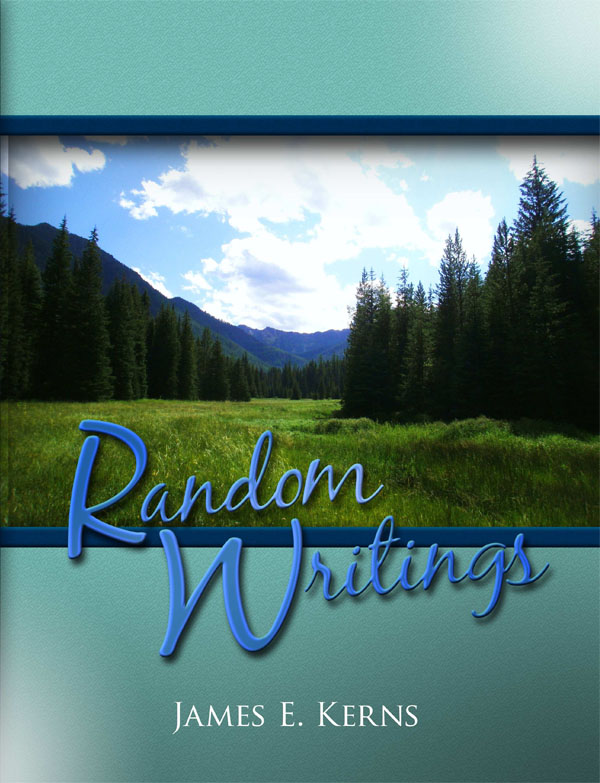Symphonies
As I quietly lay in bed this morning with the window wide open, I heard two big thunders off to the north. That got my attention. As I listened for more I began hearing a symphony—one of the most beautiful I’ve ever heard. Someone smarter and more talented than me needs to compose it and put it to music.
There were all sorts of birds. A robin sang at the top of his voice. A wren played his penny whistle 10-11 times per minute. I’ve watched him before. He throws his head back, opens his beak, and sings for all he’s worth.
A beautiful, blue lazuli bunting sits in the top of our juniper tree and sings all day. One could do worse for an occupation. I’ve timed him. He, like the wren, sings 9-11 times per minute.
A cock quail was out by the garden, standing on a fence post no doubt, adding his que-que-que at appropriate intervals. There were the discordant and tuneless squawks and caws of magpies and a crow. There was the normal, cheerful chattering of the swallows on one porch, and the cheerful singing of my parakeets on another.
I listened in vain for a meadowlark and for the cooing of the ringed turtle doves that hang around. Their songs would have added a lot to the symphony. A flock of blackbirds flew over, calling as they went. The “city duke, city duke, city duke” of a killdeer would have helped, too, but it’s past their nesting season so they’re more silent now. When I was little, “city duke” is what I thought killdeer said. My mother-in-law grew up in Beaverdam, Utah, and thought they said, “Beaverdam’s a pretty little place.” I never understood how she got that phrase out of the call of a killdeer, but just this moment I suddenly understand. She wasn’t hearing a killdeer at all. She was hearing a western meadowlark. “Beaverdam’s a pretty little place” perfectly fits a meadowlark’s call. “City duke” is what killdeer say. Maybe she knew all along that the meadowlark was saying her phrase, but I’ve gone all these years thinking she told me it was a killdeer.
There is music all around us. All we have to do is open our ears and listen.
“For, behold, said (Lehi), I have seen a vision, in which I know that Jerusalem is destroyed; and had we remained in Jerusalem we should also have perished.” (2 Ne. 1:4).
As I read that I thought, “Mulek is already on his way. Who was Mulek? How did he get to the Americas? Was his group led by a prophet like Lehi’s was? Probably not. Legends are that they crossed the Atlantic rather than the Pacific like Lehi did. Did the Lord lead them through the Sahara Desert? Very doubtful. Did they skirt the African coast in order to reach the Atlantic? No, they’d have encountered too many unfriendly people. How did they build a boat? The Phoenicians were close neighbors, and the world’s most advanced seafaring people. I’ll bet they came to the Promised Land in a Phoenician ship!
Thus were born my latest musings to fill in the gaps where the scriptures are silent.
